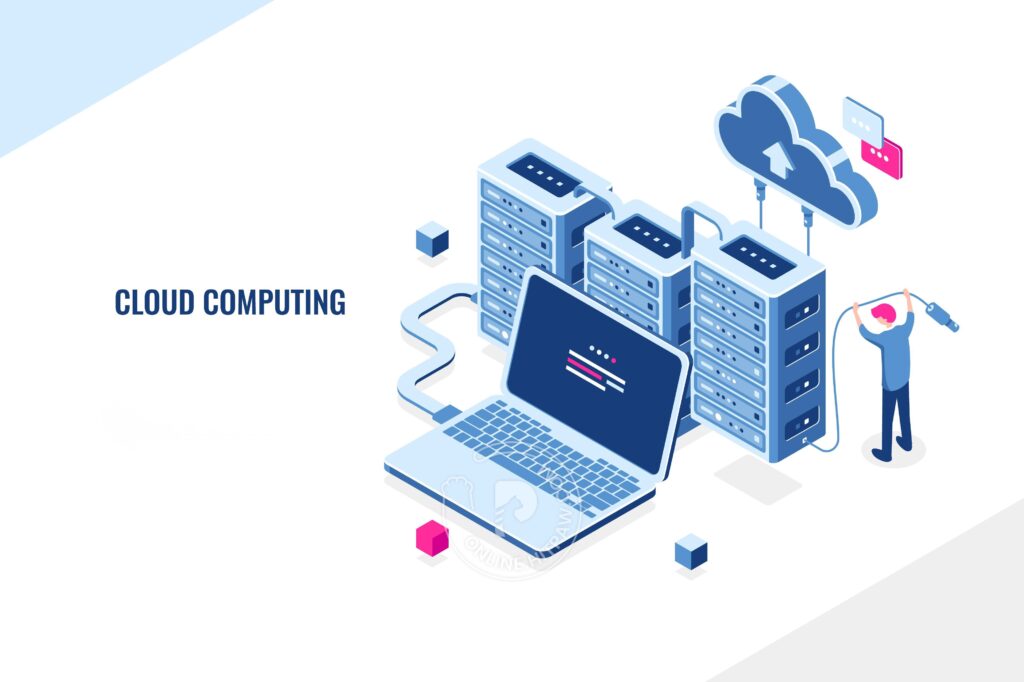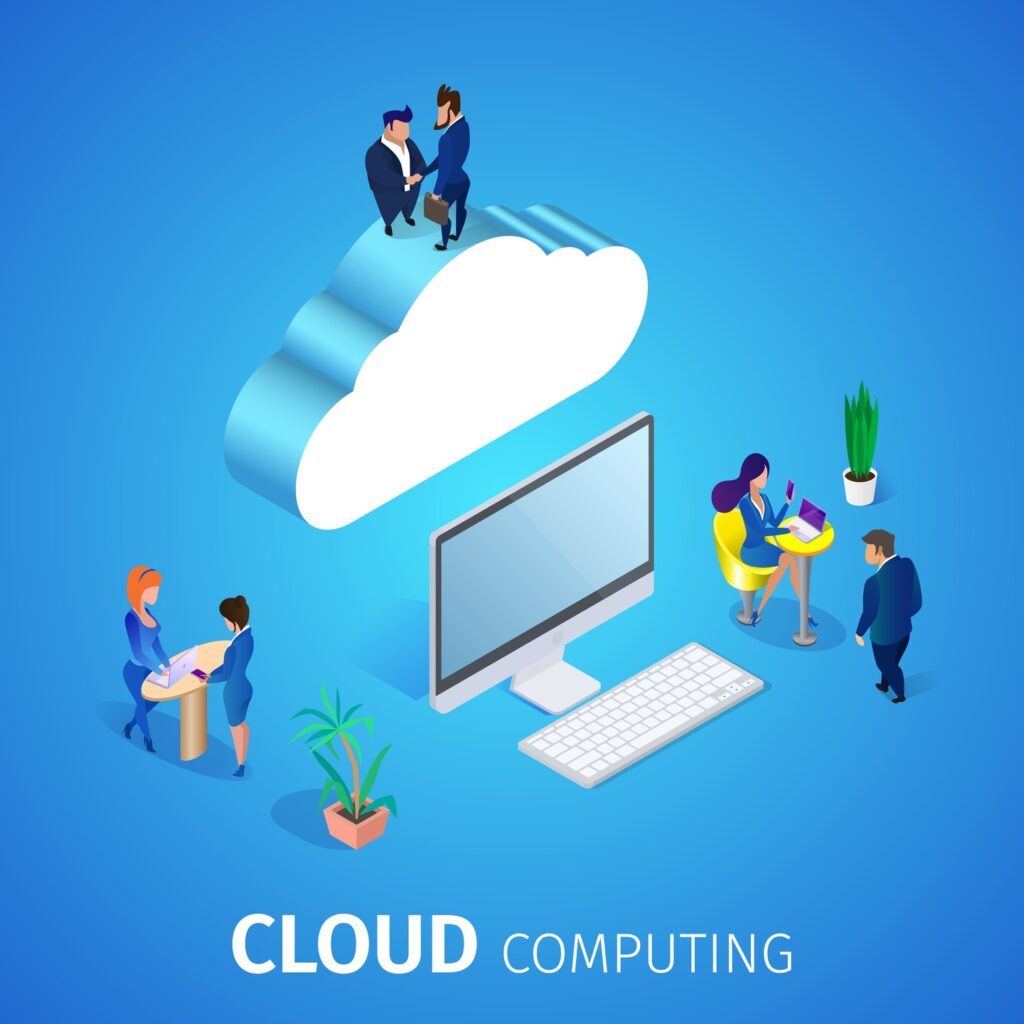Cloud Services
Migration, Design Architecture, Backup, Cost Optimization, DevOps
Cloud computing Advantages
Migration
Migrating systems to cloud computing has become an increasingly vital strategy for businesses and organizations aiming to stay competitive in today’s rapidly evolving technological landscape. This shift offers a multitude of benefits that enhance efficiency, flexibility, and innovation, while also addressing key operational challenges.

Cost reduction
Cost Efficiency
Cloud computing allows businesses to significantly reduce their capital expenditure on physical infrastructure. Instead of investing in expensive hardware and maintenance, organizations can leverage cloud services on a pay-as-you-go basis. This model transforms fixed costs into variable costs, providing financial flexibility and allowing companies to scale their spending in line with their needs.
Collaboration
Enhanced Collaboration
Cloud computing facilitates improved collaboration among teams by providing access to shared resources and data from anywhere in the world. This is especially crucial in an era where remote work is becoming the norm. Cloud-based tools and applications allow for real-time collaboration, enhancing productivity and enabling seamless communication across geographically dispersed teams.

Easy Expansion
Scalability and Flexibility
One of the most compelling advantages of cloud computing is its scalability. Cloud services enable businesses to quickly scale resources up or down based on demand. This agility is particularly beneficial during peak usage periods or when launching new applications. Companies can respond to market changes and customer needs more swiftly without the constraints of physical infrastructure limitations.
Adaptation to Standards
Security and Compliance
While security concerns have historically been a barrier to cloud adoption, modern cloud providers offer robust security measures that often surpass those of traditional on-premises solutions. Cloud providers invest heavily in security protocols, data encryption, and compliance with industry standards. This ensures that data is protected against breaches and that organizations can meet regulatory requirements.
Cloud computing contributes to sustainability efforts by optimizing resource use and reducing the need for energy-intensive physical data centers. Cloud providers often employ energy-efficient practices and utilize renewable energy sources, helping organizations reduce their carbon footprint and support environmental initiatives.


Enhanced Collaboration and Accessibility
Remote Access
Cloud services can be accessed from anywhere with an internet connection, enabling remote work and collaboration. Employees can access necessary data and applications from any device, facilitating a more flexible and productive work environment.
Real-Time Collaboration
Cloud platforms support real-time collaboration tools, enabling multiple users to work on documents, projects, and applications simultaneously, enhancing teamwork and productivity.
Innovation
Competitive Advantage
Migrating to the cloud enables businesses to leverage cutting-edge technologies such as artificial intelligence, machine learning, and big data analytics. Cloud platforms provide the infrastructure necessary to develop and deploy these advanced solutions, fostering innovation and providing a competitive edge. Organizations can experiment with new ideas and bring products to market faster, driving growth and differentiation.


Affordable recovery
Disaster Recovery and Business Continuity
Cloud computing offers advanced disaster recovery solutions that are more reliable and cost-effective compared to traditional methods. By storing data and applications in the cloud, businesses can ensure quick recovery in case of hardware failures, natural disasters, or other disruptions. This enhances business continuity, minimizing downtime and protecting against data loss.
Impact
Environmental Impact
Cloud computing contributes to sustainability efforts by optimizing resource use and reducing the need for energy-intensive physical data centers. Cloud providers often employ energy-efficient practices and utilize renewable energy sources, helping organizations reduce their carbon footprint and support environmental initiatives.

Considerations
migrating systems to cloud computing is not just a technological upgrade; it is a strategic move that empowers businesses to operate more efficiently, innovate continuously, and respond dynamically to market demands. By embracing the cloud, organizations can unlock new opportunities, mitigate risks, and position themselves for long-term success in an increasingly digital world.







